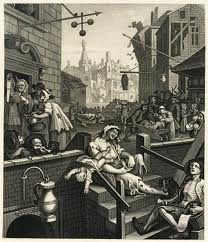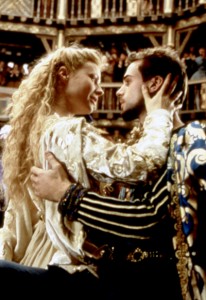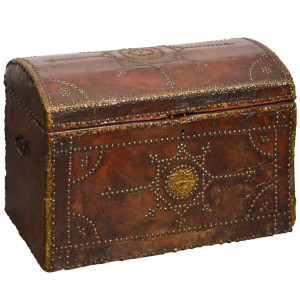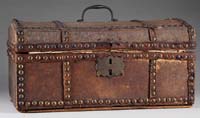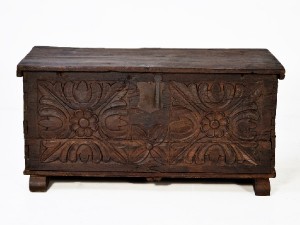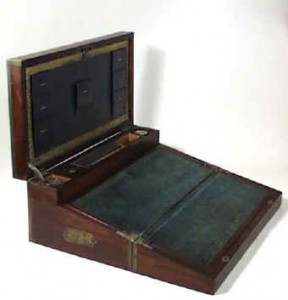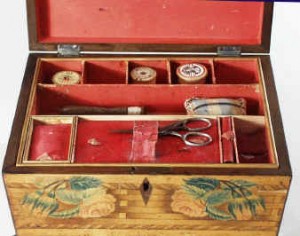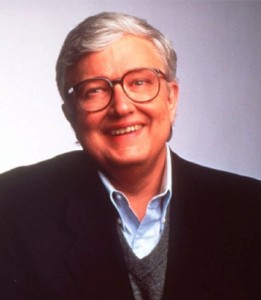So, tomorrow I have to go in for a small surgery (luckily outpatient, and I am stocked up on pudding cups and Jane Austen movies for recovery…), but it made me think again how grateful I am for modern surgery! Especially anasthetics and painkillers. And when I looked around for something to talk about on the blog today, I found out that ether was first used in March for surgical purposes (though I couldn’t find an exact date!). Also nitrous oxide played a very important role on last weekend’s episode of Call the Midwife…
So here is a very short look at the history of some surgical painkillers….
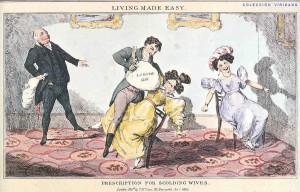 Nitrous oxide (laughing gas) was first synthesized by English and chemist Joseph Priestly in 1772. He called it phlogisticated nitrous air and published his discovery in the book Experiments and Observations on Different Kinds of Air (1775), where he described how to produce the preparation of “nitrous air diminished”, by heating iron filings dampened with nitric acid. The first important use of nitrous oxide was by Thomas Beddoes and James Watt, who discussed it in their book Considerations on the Medical Use and on the Production of Factitious Airs (1794). James Watt also invented a new machine to produce “Factitious Airs” (i.e. nitrous oxide) and a novel “breathing apparatus” to inhale the gas.
Nitrous oxide (laughing gas) was first synthesized by English and chemist Joseph Priestly in 1772. He called it phlogisticated nitrous air and published his discovery in the book Experiments and Observations on Different Kinds of Air (1775), where he described how to produce the preparation of “nitrous air diminished”, by heating iron filings dampened with nitric acid. The first important use of nitrous oxide was by Thomas Beddoes and James Watt, who discussed it in their book Considerations on the Medical Use and on the Production of Factitious Airs (1794). James Watt also invented a new machine to produce “Factitious Airs” (i.e. nitrous oxide) and a novel “breathing apparatus” to inhale the gas.
The machine to produce “Factitious Airs” had three parts: A furnace to burn the needed material, a vessel with water where the produced gas passed through in a spiral pipe (for impurities to be “washed off”), and finally the gas cylinder with a gasometer where the gas produced, ‘air,’ could be tapped into portable air bags (made of airtight oily silk). The breathing apparatus consisted of one of the portable air bags connected with a tube to a mouthpiece. In the town of Hotwells in 1798, Thomas Beddoes opened the “Pneumatic Institute for Relieving Diseases by Medical Airs”. In the basement of the building, a large-scale machine was producing the gases under the supervision of a young Humphry Davy, who was encouraged to experiment with new gases for patients to inhale. In 1800, Davy published his Researches, Chemical and Philosophical where he notes the analgesic effect of nitrous oxide and its potential to be used for surgical operations. (But another 44 years went by before doctors attempted to use it for surgery. The use of nitrous oxide as a recreational drug at “laughing gas parties” became a trend beginning in 1799. While the effects of the gas generally make the user appear “stuporous, dreamy and sedated,” some people also “get the giggles” and probably say some pretty embarrassing stuff….
The first time nitrous oxide was used as a surgery anasthetic was when Connecticut dentist Horace Wells demonstrated on a dental extraction on Dec. 11, 1844. But this new method didn’t come into general use until 1863, when Dr. Gardener Colton successfully started to use it in all his “Colton Dental Association” clinics in NYC. Over the next three years, Colton successfully administered nitrous oxide to more than 25,000 patients.
Today nitrous is most often used in conjunction with local anesthetic in dental surgery. Nitrous oxide was not found to be strong enough for use alone in major surgery in hospital settings. Sulfuric ether came into use in October 1846, along with chloroform in 1847. (Queen Victoria was a great advocate for the use of chloroform in childbirth). When Joseph Clover invented the “gas-ether inhaler” in 1876, it became a common practice at hospitals to initiate all anesthetic treatments with a mild flow of nitrous oxide, and then gradually increase the dose with the stronger ether/chloroform. Clover’s gas-ether inhaler was designed to supply the patient with nitrous oxide and ether at the same time, with the exact mixture being controlled by the operator of the device. It remained in use by many hospitals until the 1930s. (Modern machines still use the same principle launched with Clover’s gas-ether inhaler, to initiate the anesthesia with nitrous oxide, before the administration of a more powerful anesthetic.)
What medical advances are you grateful for today?? And what movie would you recommend I watch to make me feel better?


